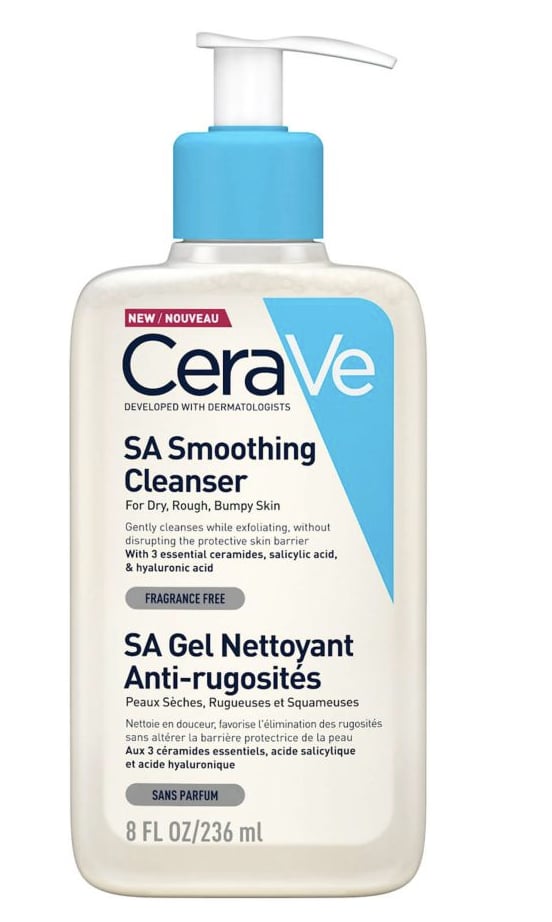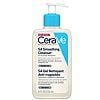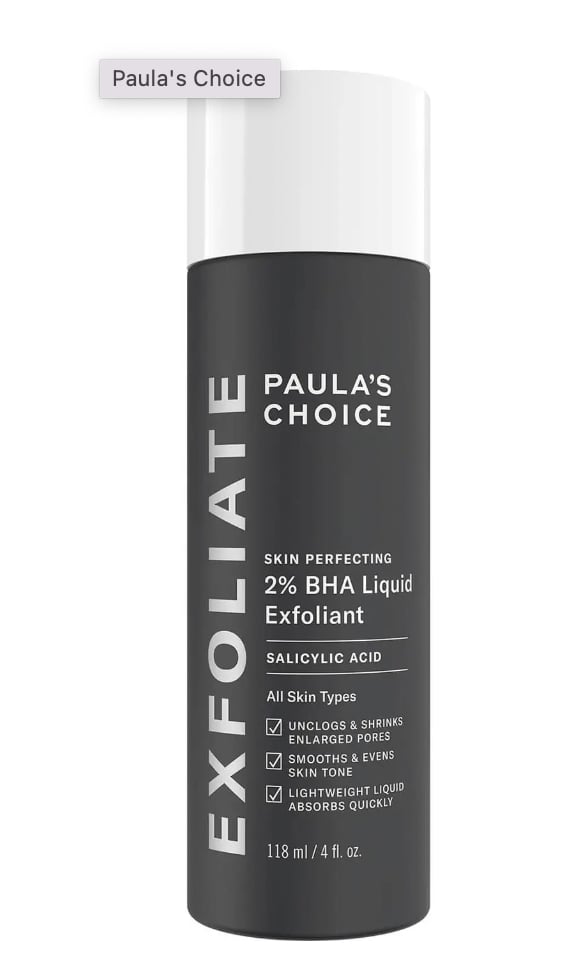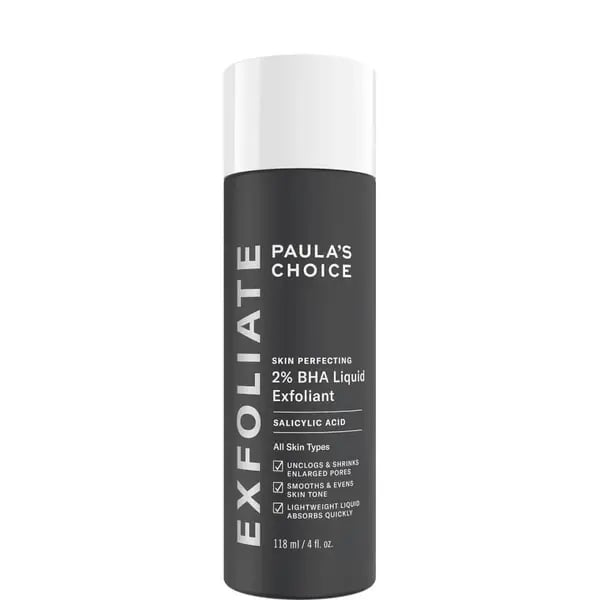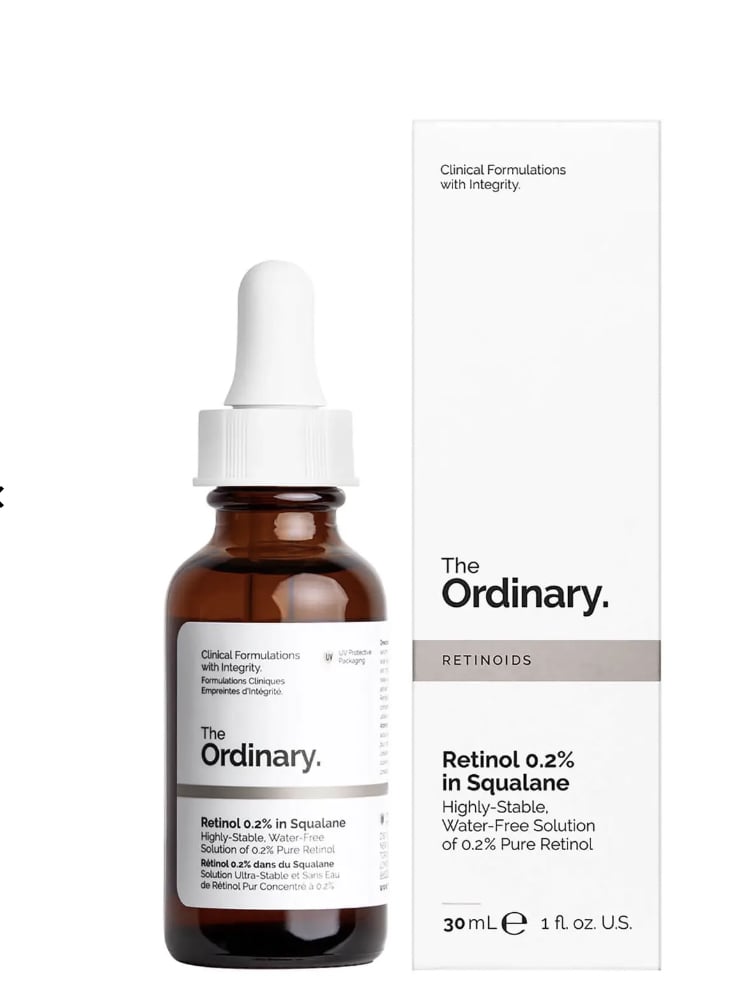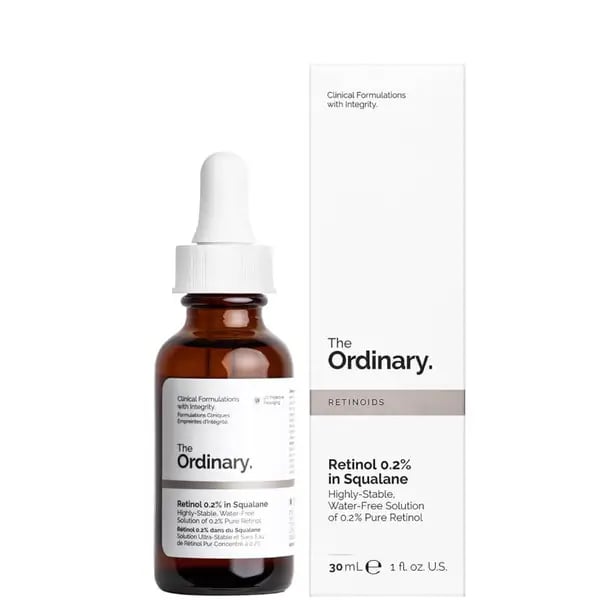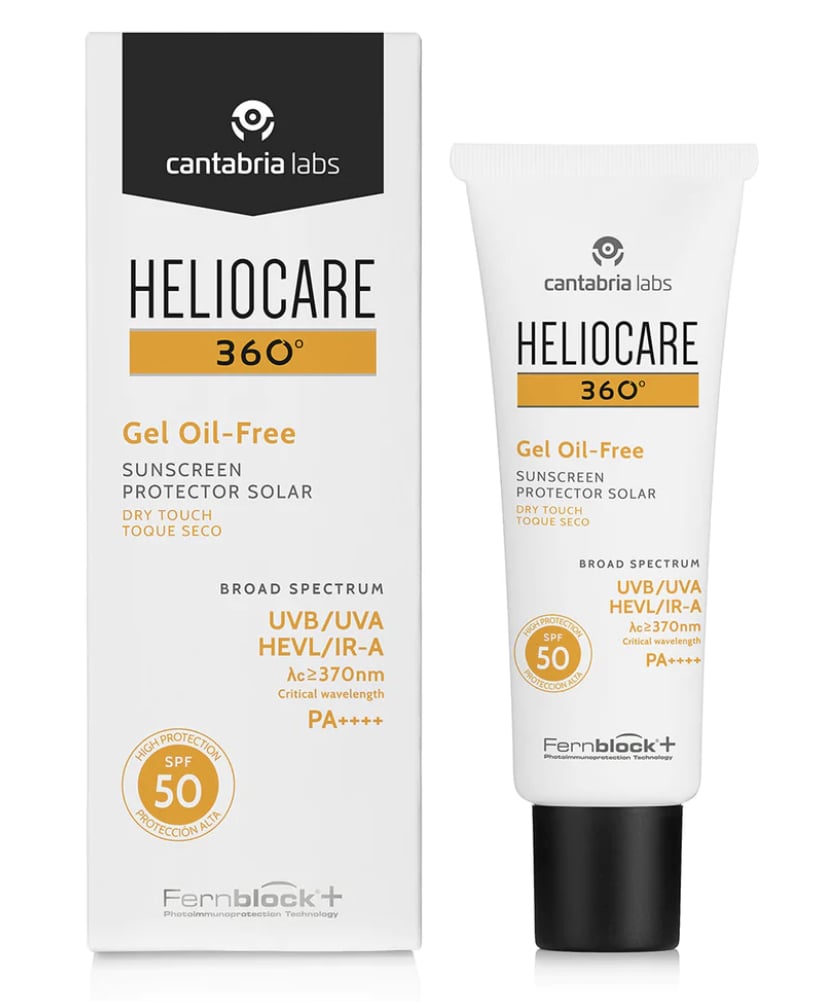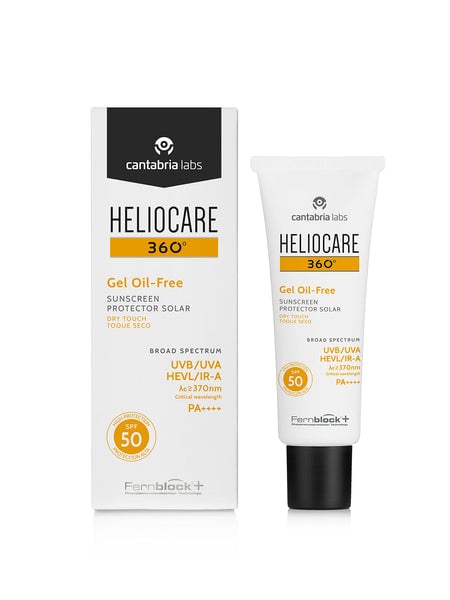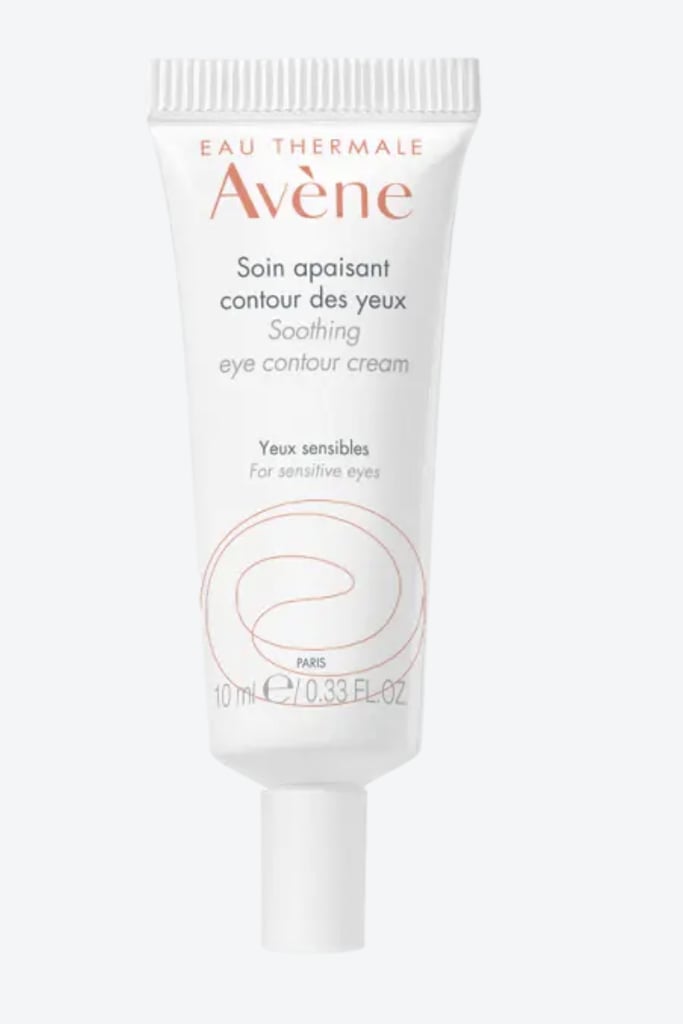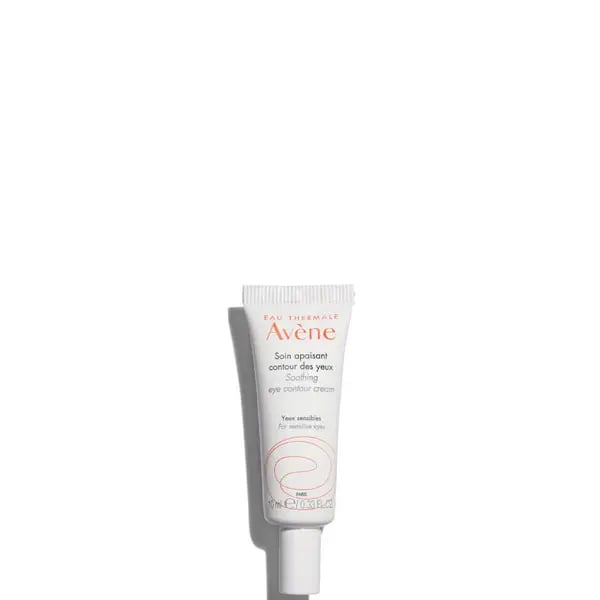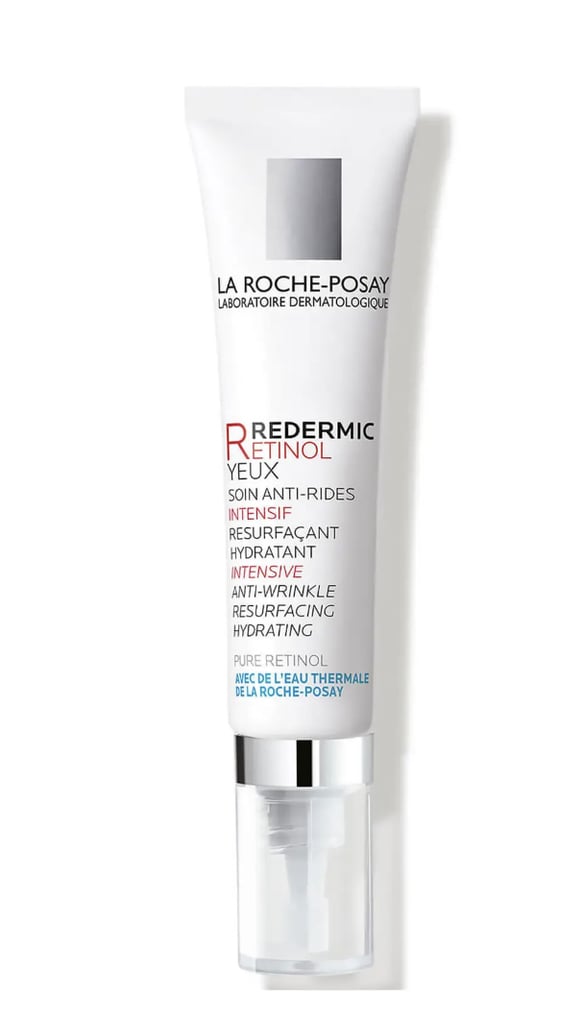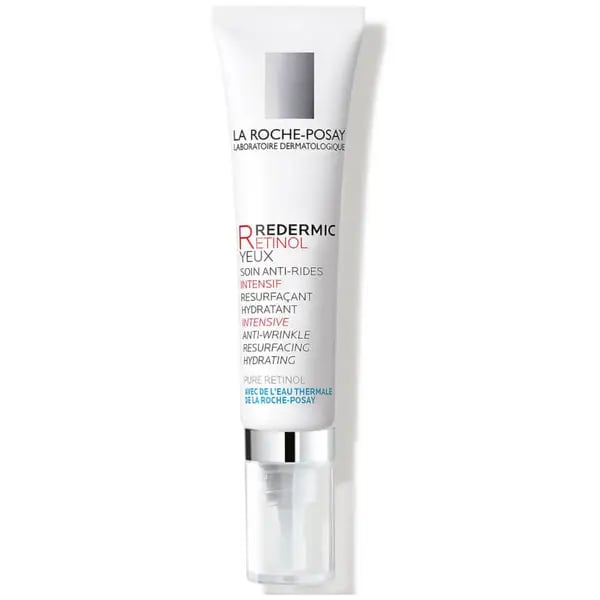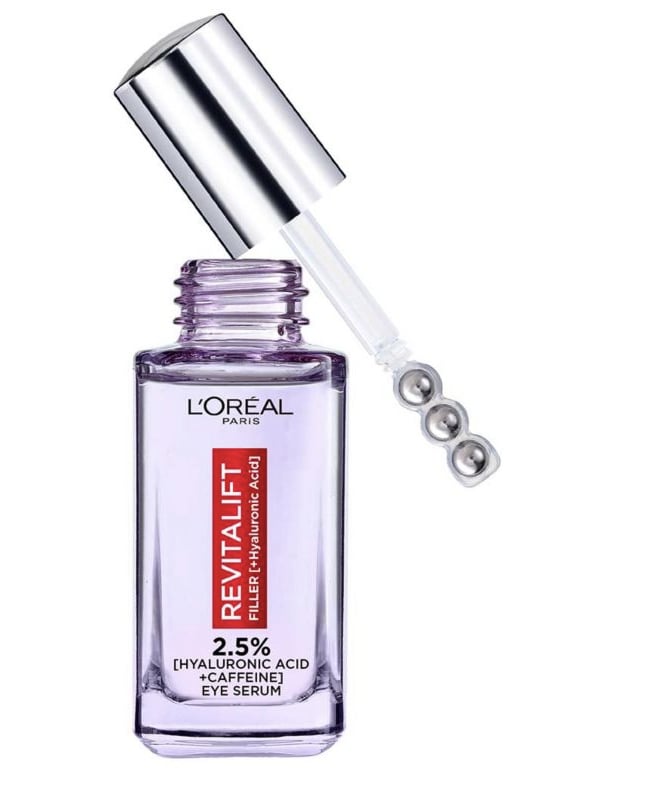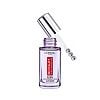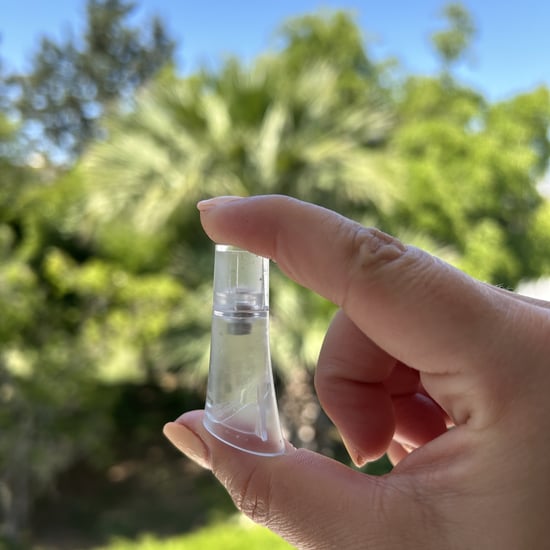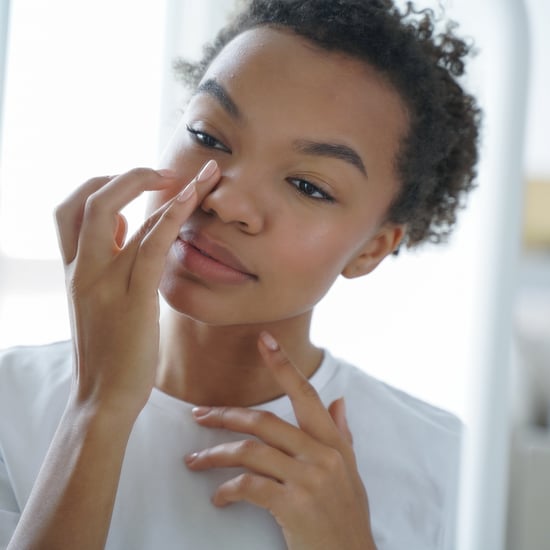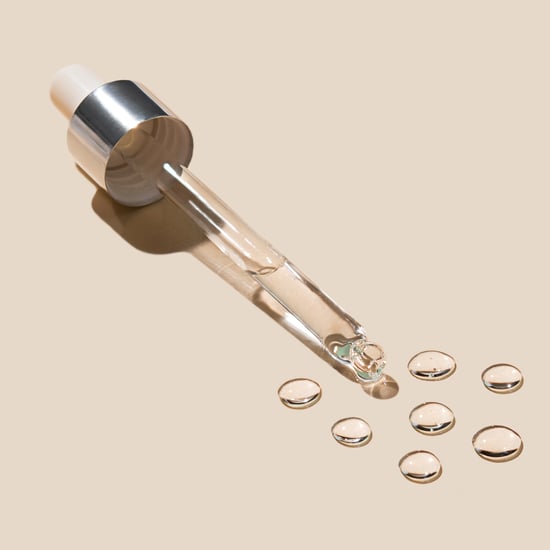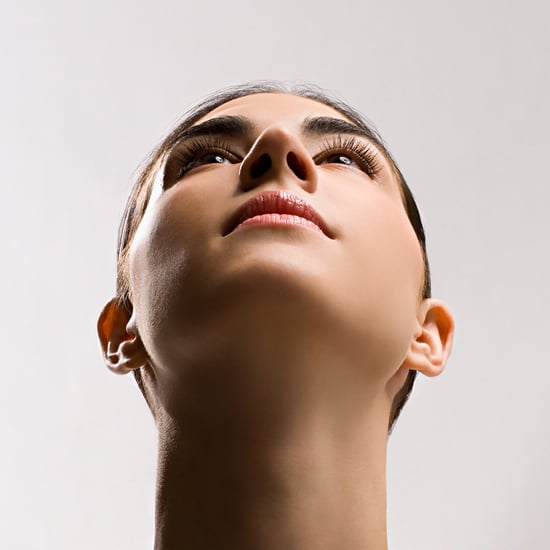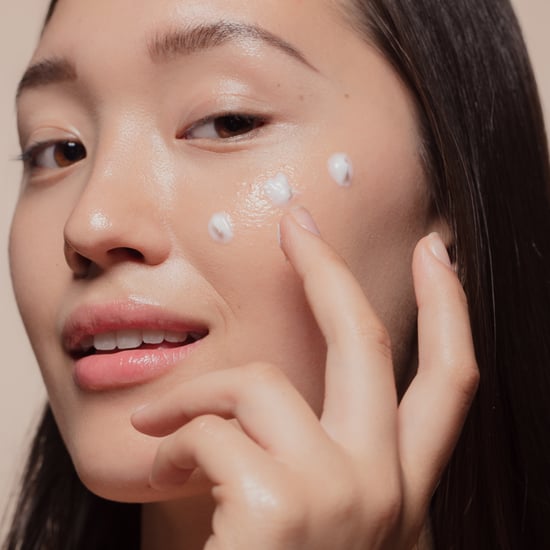How to Get Rid of Milia
How to Remove Milia, According to the Experts
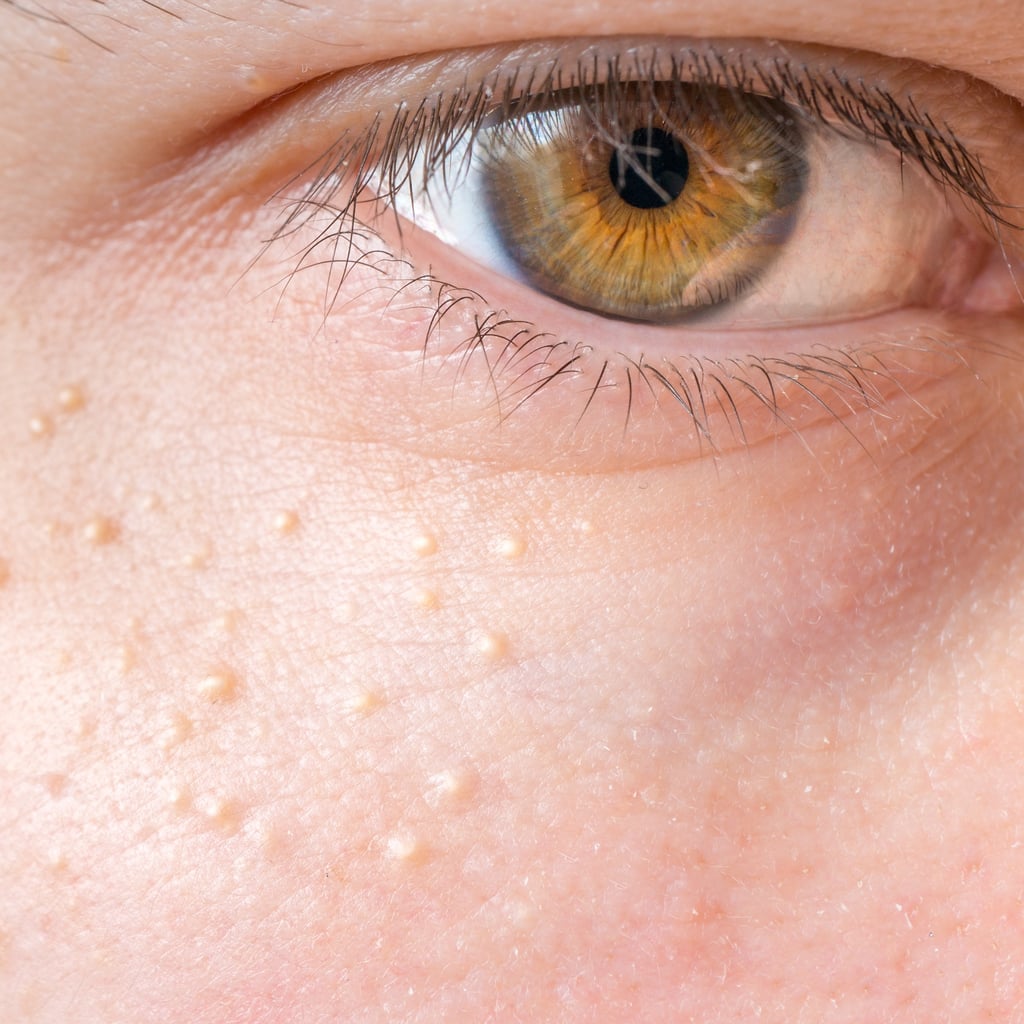
As POPSUGAR editors, we independently select and write about stuff we love and think you'll like too. If you buy a product we have recommended, we may receive affiliate commission, which in turn supports our work.
- Milia, often referred to as milk spots, can affect all skin types and can appear without cause.
- Milia are not spots, although they look very similar, so should never be squeezed.
- Milia usually disappears without treatment, but secondary milia may need to be removed by a professional.
There are many skin concerns that are discussed widely, but milia is perhaps one of the lesser-known issues that is super common. Milia can often show up out of nowhere: a smattering of milky-white, tiny bumps that can appear anywhere on your skin, but most typically occurring around your eye area. Almost undetectable, unless peering close into the mirror, they're similar to whiteheads and are a completely harmless cosmetic issue, albeit an annoying one.
If you are getting frustrated with the sight of these pesky milia spots and do wish to eliminate them in the quest for smoother skin, then we're here to help. Experts Mariam Abbas, Advanced Facialist with a special interest in skin health, and Dr Maryam Zamani, Oculoplastic Surgeon and Facial Aesthetics Doctor, share their knowledge on what milia is, what causes it, and what treatments are available to remove it.
What Is Milia?
"Milia are generally small, benign keratin cysts that lie just beneath the top layer of skin, commonly appearing as little white bumps on the face," Dr Zamani tells POPSUGAR. While they aren't anything to be concerned about, they can affect self-esteem. "These pearly white deposits can be annoying to have, but they are not harmful, infectious, or contagious. They typically appear in areas of finer and drier skin, around the eyes, temples, and above the cheekbones," Abbas adds.
When you first detect a sprinkling of milia, you may confuse them with spots, such as whiteheads, but despite their similar appearance they are not the same. Whiteheads are produced by an accumulation of dead skin cells, makeup, and sebum. Milia are a kind of cyst rather than a spot, and often feel quite hard. They usually group in clusters on your face. (A singular milia spot is called a milium, but it's uncommon to find just one).
Milia Causes
Milia often occurs due to a buildup of a natural skin protein, called keratin, becoming caught just below the skin's surface. And according to Abbas, it "primarily develops in lipid dry skin, which is skin that doesn't produce enough natural oils." This explains why a lot of milia occurs on eyelids or beneath the eyes as, unlike the rest of your face, this area doesn't hold any oil glands that can help to keep skin moist. So using thick face creams around the eye area can exacerbate milia. Instead, choose treatments specifically created for use around your sensitive eyes.
Milia can present itself at birth, but generally disappears within the first few months. Contrary to popular belief, milia can be referred to as milk spots, but they have nothing to do with actual milk. Instead, it's the milky white colour of milia that garnered its name. However in adults, secondary milia can occur after damage to the skin. "This can be from burns, rashes, or UV exposure or from use of heavy creams or ointments", says Dr Zamani.
Milia Removal
Rule number one: do not squeeze milia spots. Milia doesn't contain any fluid so compressing them will actually cause more damage and make them even more noticeable. And, because they are not spots, blemish remedies like benzoyl peroxide will not be effective. Instead, daily exfoliation with salicylic acid will help to remove dead skin cells and reveal fresh skin. It's also recommended using a gentle paraben-free cleanser and introducing retinol to kick-start cell turnover.
If the milia spots remain stubborn, it may be necessary to contact a professional. "Milia can resolve on their own, but they can also be treated in-clinic with a tiny incision with a blade and extracted," says Dr Zamani. To prevent any kind of infection, this kind of milia removal should only be carried out in a safe professional clinic using sterile equipment. "Thermo-coagulation with a diathermy current (similar to electrolysis) is a great way to zap them," recommends Abbas. "The milia will shrink and scab for a day or two before naturally shedding. Another option is to freeze milia using cryotherapy, which causes it to shrink and disappear without any collateral damage to the skin." Milia removal is currently not available on the NHS. Private consultations start at around £95.
Read ahead to see some of the best skincare and eye treatments to prevent milia forming.

